In Ontario, Canada’s leading clean energy province, there is a growing commitment to sustainability, environmental responsibility, and energy independence, which has led to an increase in the popularity of solar panel installations among the province’s residents, businesses, and institutions. From Toronto’s urban rooftops to Eastern Ontario’s rural landscapes, more people are tapping into the sun’s energy to lower their utility bills, increase their properties value, and contribute to a greener future.
In 2024, Canada’s solar energy capacity exceeded 4.5 gigawatts and Ontario continued to be the top province for residential and commercial solar installations. The increase in the solar energy capacity is a combination of the growing interest in the economically beneficial solar energy solutions and the rising sand for solar installations. Given the increasing energy costs and escalating environmental issues, the installation of solar panels has in Ontario has moved beyond simply being a trend to a strategic investment.
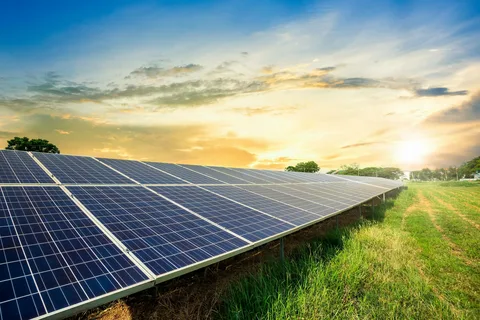
Why Solar Energy is Booming in Ontario
Ontario combines strong solar potential, supportive government initiatives, and widespread environmental awareness. Receiving an average of 1,200 to 1,400 kilowatt-hours of solar energy per square meter per year, it is very viable for solar production. Each day, solar panels are more and more popular with Ontarians, and for good reasons, they:
- Save money on energy
- Protect themselves from the unpredictability of utility costs
- Shrink their carbon footprint and help with pollution
- Improve their property’s value and modernize their buildings
- Take benefit of the incentives and net metering systems
When designed appropriately and with professional installation, solar panels also help Ontario towards their goals on sustainability.
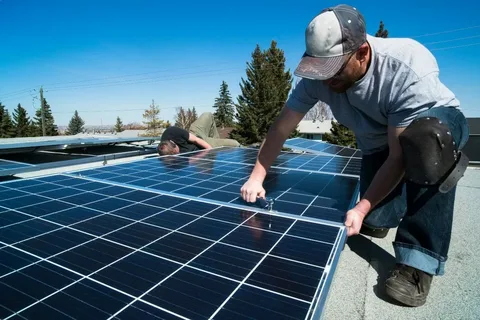
Understanding Solar Panel Installation
There are important steps in solar panel installation. Those steps include:
Site Assessment and System Design
Every project first starts with an in-depth on-site assessment that identifies the property’s solar potential. Factors like orientation, tilt, shading, and available space determine the roof’s solar potential. Based on the assessment, a custom solar system design is formulated.
Permits and Approvals
The province and municipalities in Ontario have specific guidelines covers all solar installations. These include building and electrical permits and, in certain instances, approvals for utility interconnections. These documents are essential to prove that installations are legally compliant and safe.
Mounting System Installation
To support solar panels, the racking or mounting systems are fixed to the roof or ground. These systems are designed to endure Ontario weather, with heavy snow and high winds.
Solar Panels and Inverter Installation
After the infrastructure set for the mountings, solar panels and inverters, which convert direct current (DC) electricity to alternating current (AC) for home or business use, are installed.
Electrical Integration and Inspection
The solar energy system links with the utility grid and the property’s electrical panel. Certified inspectors confirm the system’s compliance with legislated safety and operational standards.
System Activation and Monitoring
The system is activated after the final go-ahead. Many modern solar installations come with monitoring systems that let the property owners view the system’s performance and energy generated in real time.
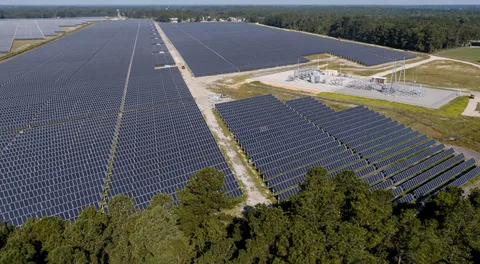
Types of Solar Installations in Ontario
Different solar solutions are provided to different properties. The three most common types of installations are as follows.
Roof-Mounted Systems
This option is most popular for homes and businesses. Roof-mounted systems utilize existing structures and reduce installation costs as well as optimize space.
Ground-Mounted Systems
Ideal for rural or larger properties with ample space, ground-mounted systems can also be configured for maximum sun exposure. They are easier to clean and maintain but require more upfront space and groundwork.
Solar Carports and Canopies
In commercial and institutional settings, these dual-purpose systems, which provide shade or covered parking while generating electricity, are becoming more popular.
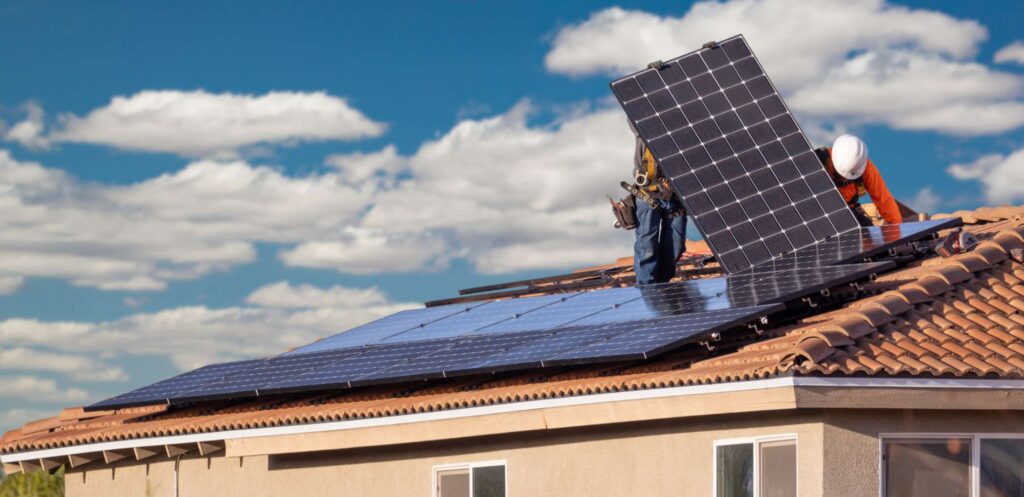
Cost of Solar Panel Installation in Ontario (2025)
The price of solar panel installation in Ontario has declined over the past decade due to improvements in technology and flexible adoption. As of 2025:
- Residential solar systems, depending on size, complexity, and site conditions, typically are in the range of $12,000 – $25,000 for a 5 – 10 kW system.
- Commercial systems of solar power are much more diverse and often start at $50,000, and increase depending on the size of the property and energy requirements.
- The return on investment (ROI) periods are usually 6 to 12 years and depend on the system size, incentives, and energy consumption.
The long-term savings from utility bills and earnings from net metering usually compensate for observed upfront expenses.
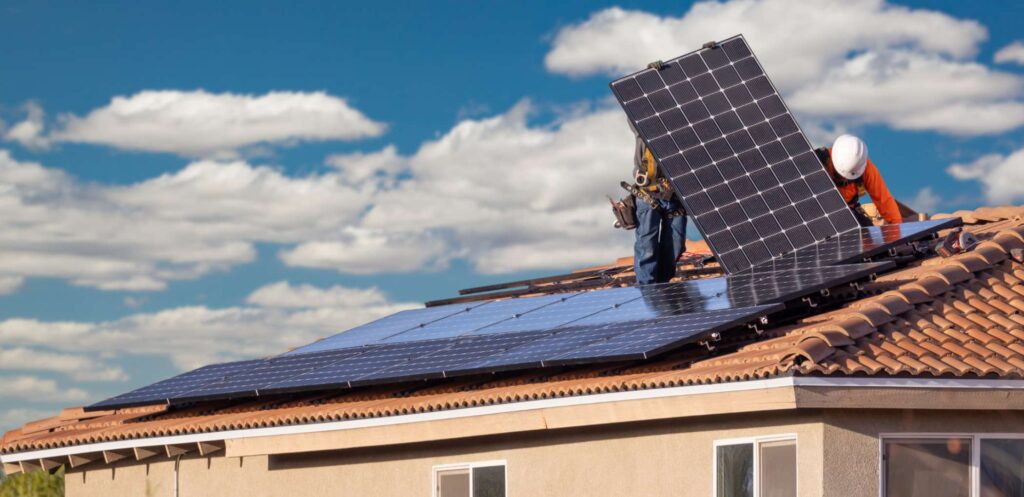
Environmental and Economic Benefits
The advantages of solar power do not only relate to financial savings. Minimizing the use of fossil fuels and reducing greenhouse gas emissions encourages sustainable development. When Ontarians install solar panels, they:
- Decrease their residential systems’ average annual CO₂ emissions by 3–5 tonnes.
- Contribute to Ontario’s clean energy vision and improve the resiliency of the electrical grid.
- Encourage their neighbors to use solar power and renewable energy.
- Gain the economic and environmental advantages of solar energy.
- Protect themselves from future energy price surges.
These advantages reduce CO emission and price volatility of energy making the installation of solar energy economically and environmentally viable.
Government Incentives & Net Metering
With net metering, Ontario’s solar-friendly policies let solar adopters send excess solar power to the energy grid and earn bill credits, which improves the economics of solar power by equating annual energy production with energy consumption.
Moreover, installation of residential and commercial solar energy projects receive federal incentives and tax breaks to subsidize project costs. To improve your ROI and savings, it is advisable to keep up with new installation projects.
Maintenance and Longevity
The bare minimum attention a solar panel system needs over its functional lifetime greatly entices customers. The absence of moving components in solar panels means that there are little to no breakdowns, and no moving components means no breakdowns. Dust and snow require periodic removal and maintenance inspections of electrical components will have to take place, but those are the only services needed.
The best quality solar panels can withstand over thirty years of use, and there are no solar system components that will require servicing in the thirty years. Solar inverters will require servicing every ten years, but that is the exception in a solar system.
Solar Energy in Urban and Rural Ontario
The influence of solar power on all of Ontario is positive. Rooftop solar panels in cities significantly Lower GHGs and Lighten the load on the local grid. Battery solar panels in rural areas also provide off-grid power since rural Ontario has unreliable police service access and is often difficult to access.
The relative ease with which solar systems can be deployed in the diverse environments of Ontario, coupled with the ability of solar systems to be modified in size to suit the power needs of the property, makes solar power ideal for Ontario.
The Future of Solar in Ontario
Ontario is making progress in the clean energy sector, and in the future there will be even more solar energy developments. Some future developments may be:
- Improvements in battery storage technology to provide energy access 24/7
- Community solar allowing several households to benefit from solar energy for shared installations
- Integration of solar energy with Smart Grids for more efficient energy distribution
- Streamlining of the permitting and installation process for quicker and easier access to solar energy
With advanced technology in solar battery installation and smart energy systems, solar energy will be economically viable and cost efficient for most Canadian households.
Conclusion
Getting solar panels installed in Ontario is more than just a home improvement. It is also getting installed for energy self-sufficiency and to save money, and is very sustainable. There is a lot of solar energy available in Ontario, with the help of supportive provincial government solar energy programs and improved solar technology, property owners will be able to access clean energy and solar energy technology. Moving to solar energy is one of the most effective ways to help make Ontario cleaner, more efficient, and more sustainable.

